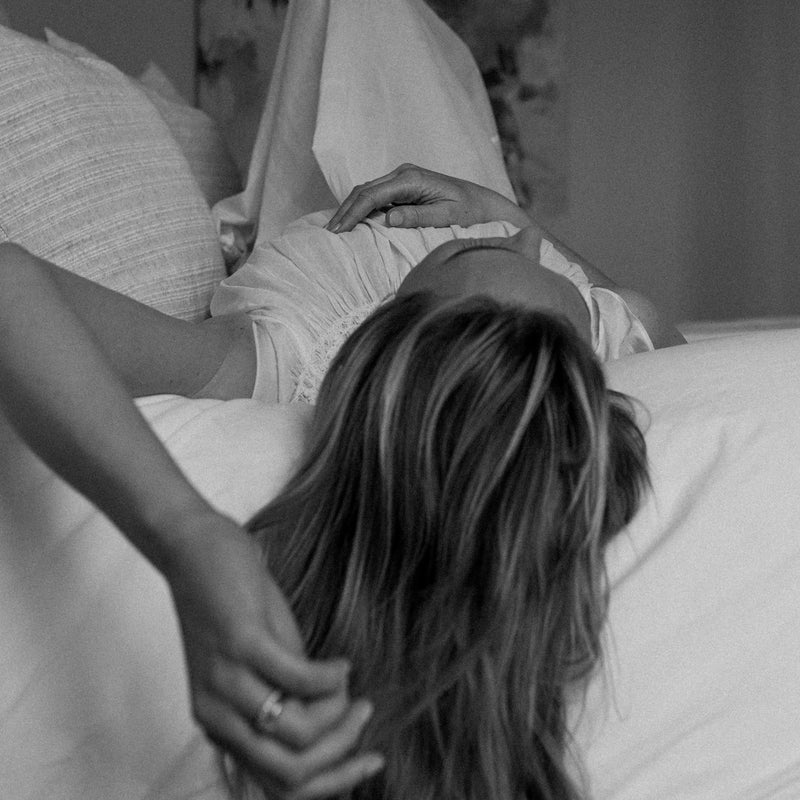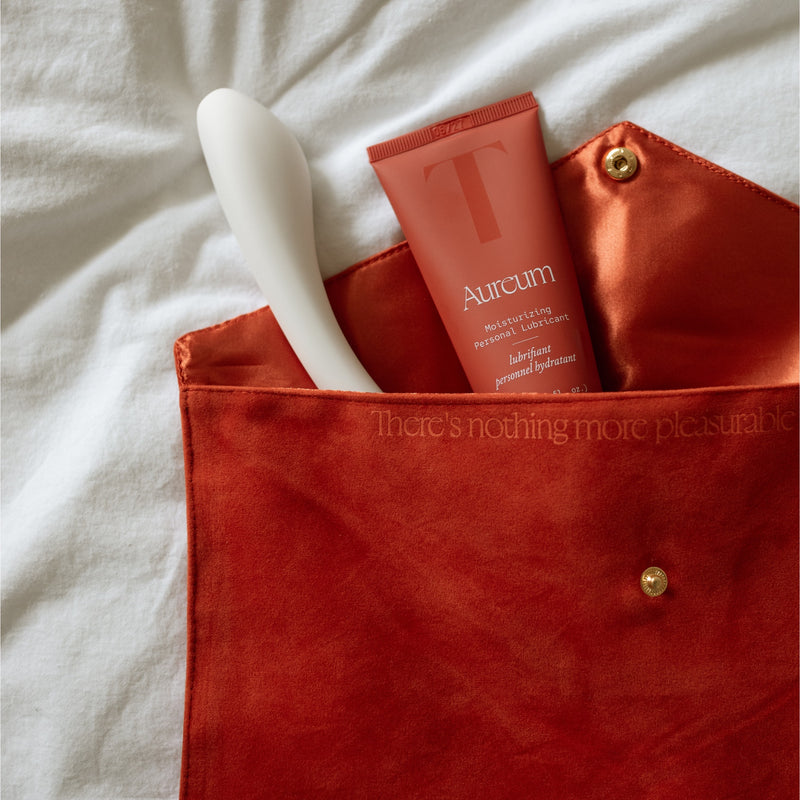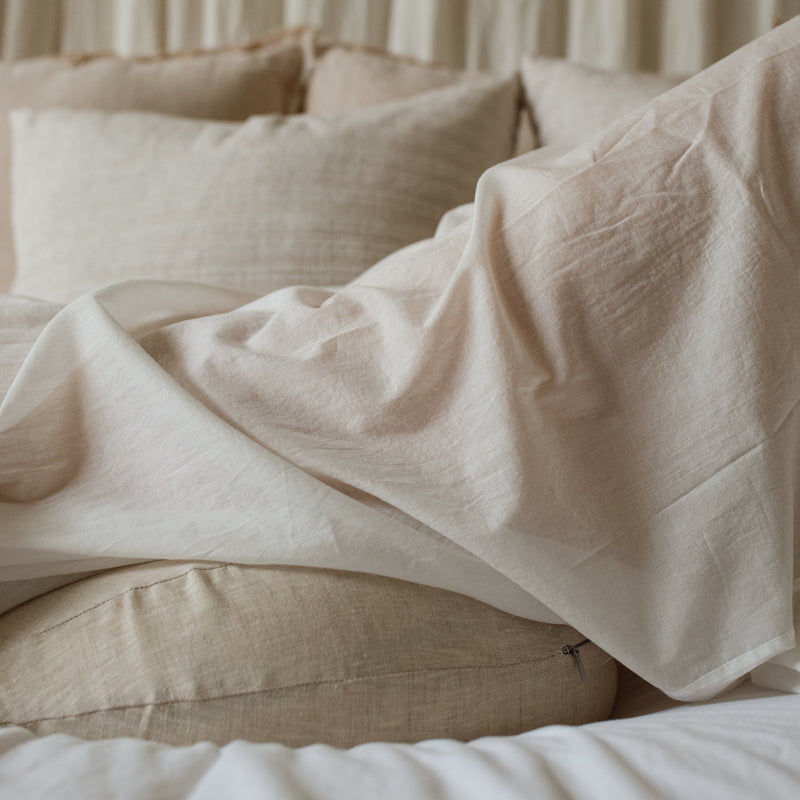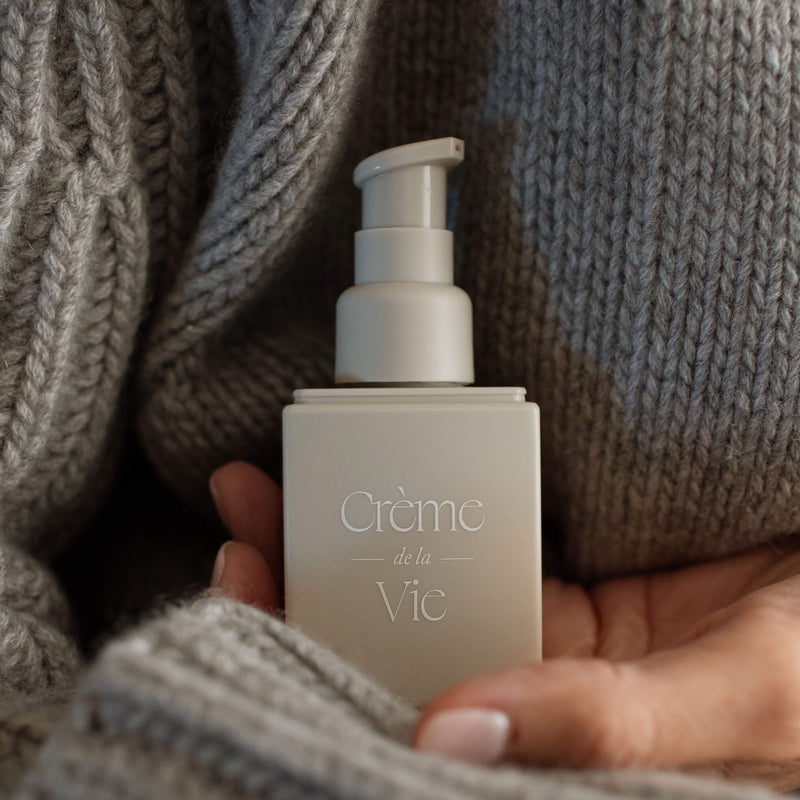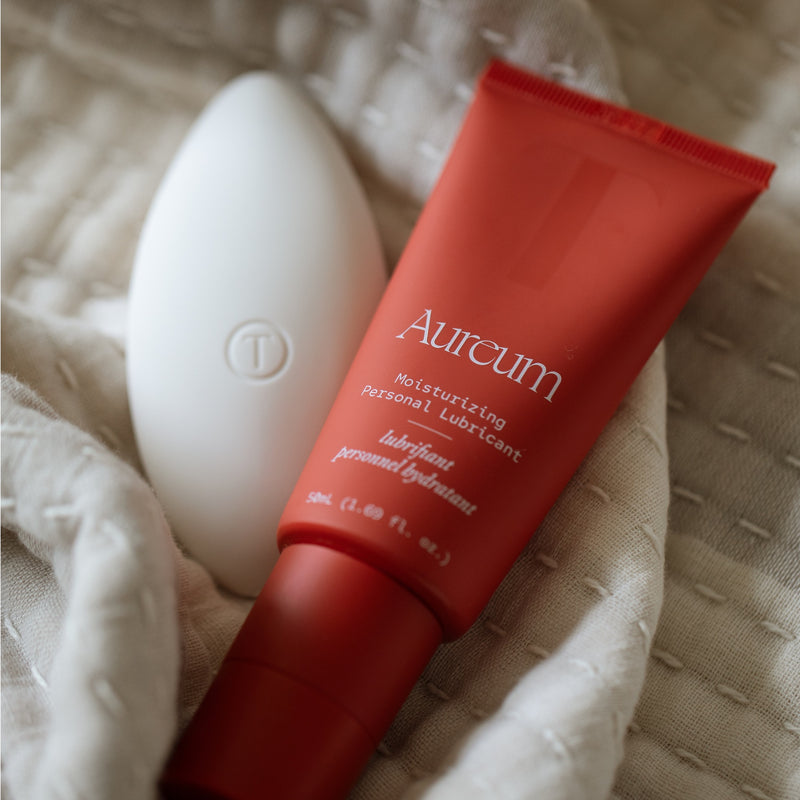Sex and Your Pee
Our bladders and urinary tracts have a huge impact on our sexual wellness and overall health. It’s time to shed some light on common self care mistakes and potential ways to improve your bladder and urinary tract health.
Potential pitfalls
Our advisor Dr. Heidi Gastler gave us a few of her pet peeves of bad habits people have when they pee. We’ll break them down here.
- The “just in case” pee. You know that feeling when you think you might have to pee later, so you sit down and let out as much urine as you can? That’s a bad habit. By regularly releasing urine from a barely-full bladder, you’re preventing your bladder from reaching its full capacity. This can lead to a decrease in your bladder’s ability to comfortably hold urine. In plain terms, you’ll end up having the urge to pee more frequently. The cycle then continues, leading your bladder to signal your body that you need to pee with less and less urine.
-
Semi squatting. You’re at a public restroom. Maybe it looks a little bit gross, and even though there are toilet seat covers, you think - well, I’ll just be quick. I’ll hover over the seat and get it over with. It’ll save paper! Unfortunately, your efforts to save time while saving the planet are also preventing you from releasing a full flow of urine. The effort of holding yourself up over the seat causes your pelvic floor muscles to tense and tighten. This makes it harder for you to get all the pee out, as emptying the bladder fully requires a certain degree of relaxation. Not only will you still have the urge to pee because your bladder still holds a little liquid, that “old” pee hanging around in your body can grow bacteria, raising the risk of the ever painful UTI or bladder infection.
“There are toilet covers for a reason, y’all!”
- Dr. Heidi Gastler
-
Kegeling to stop mid-flow urination. We’re not trying to say DON’T do Kegels. But they’re a little bit more complicated in the scope of your pelvic floor and sexual health than pop culture would lead you to believe. Doing a proper Kegel involves engaging the muscles that control our urine stream. When you engage those muscles mid-flow, it’s difficult to fully relax them enough to allow the urine to release freely. Once again, the leftover urine in the bladder raises the risk of infection.
-
Straining to pee. We’ve talked a lot about how important it is to fully empty your bladder after sex. So pushing out every last little drop must be a good idea, right? Wrong. The effort it takes to strain and try to “push out” your urine is similar to the muscle contractions that occur with Kegels. And they have a similar detrimental effect on your health - they can prevent your bladder from releasing all the urine. Kind of counter-intuitive. Straining comes with an additional pitfall. The repeated and regular strain of pushing can lead to eventual bladder prolapse, especially when combined with other factors like perimenopause or having recently given birth.
- Not peeing after sexual activity. Peeing after sex is crucial to flush bacteria out of the urethra and prevent infection. But you should also try to pee BEFORE sex - sex with a full bladder can increase the risk of stress urinary incontinence. Just make sure not to strain.
While the physical and hormonal changes that come with life stages like menopause and postpartum can make bladder and urinary tract health more difficult to manage, the “bad peeing habits” above are a few that frequently go hand in hand with those changes, and they can cause or exacerbate these sexually debilitating symptoms.
Potential solutions
There’s hope! There’s more than hope - below is a sampling of the myriad expert tested and approved options for supporting your bladder and urinary health.
- Bladder retraining. Best practiced under the supervision of a pelvic floor physical therapist or urogynecologist. Bladder retraining involves keeping a bladder diary to establish your baseline fluid intake and voiding schedule, and then using the results to schedule your bathroom breaks throughout the day.
- Practice pelvic floor relaxation. Many bladder and urinary health issues stem from a too-tight pelvic floor that prevents the bladder from fully emptying. So at the very least, when you pee, take your time and breathe. To start, it could be as little as just taking at least 30 seconds to sit and allow your bladder to empty.
- Pelvic floor physical therapy. Good pelvic floor control is huge for managing when and how often you urinate. When you consult with a PFPT, they’re able to tailor recommendations for exercises and habit shifts based on your unique symptoms.
- Consult a urogynecologist. Combine a urologist and a gynecologist, and what do you get? A urogynecologist. If you’re experiencing symptoms of urinary incontinence or leakage, pelvic organ prolapse, or an overactive bladder, a urogynecologist can offer guidance with the treatment options outlined above, as well as prescribe hormones or perform surgery to reconstruct the pelvic floor in some cases.
The bottom line
You shouldn’t have to deal with uncomfortable bladder or urinary symptoms. It’s so important to maintain good pelvic floor health as a part of your sexual wellness routine. If you’re experiencing symptoms and have questions about what to do next, please drop us an email - we’re here to support you.
Additional sources:
https://www.health.harvard.edu/healthbeat/training-your-bladder
https://www.glamourmagazine.co.uk/article/just-incase-pee
https://pubmed.ncbi.nlm.nih.gov/1491704/
https://www.health.com/condition/incontinence/squatting-over-toilet-seat
https://www.atlantichealth.org/locations/atlantic-medical-group/urogynecology-associates/patient-information/bladder-retraining


